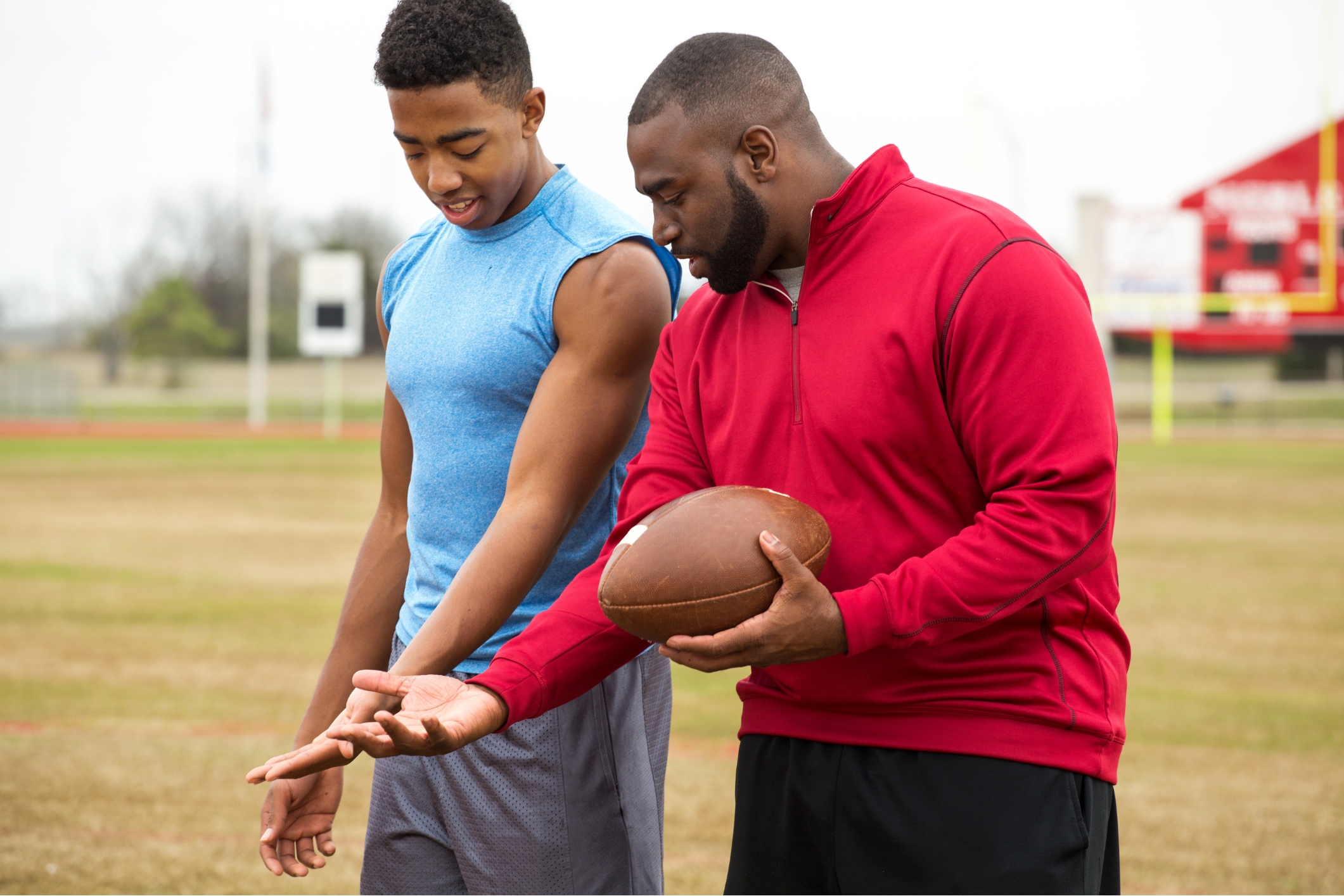
Six Facts You Should Know About Sports-Related Concussions
Athletes take on numerous risks each time they step onto the field, hop in the pool, or skate onto the ice. One of the major risks is head injury. Regardless of whether an athlete participates in a contact sport or not, a sports-related concussion could happen to any athlete, at any time. That’s why each coach, school nurse, and athletic trainer should have the most up-to-date information on concussion diagnosis, treatment, and rehabilitation.
onto the ice. One of the major risks is head injury. Regardless of whether an athlete participates in a contact sport or not, a sports-related concussion could happen to any athlete, at any time. That’s why each coach, school nurse, and athletic trainer should have the most up-to-date information on concussion diagnosis, treatment, and rehabilitation.
We have compiled a list of 6 facts you should know about sports-related concussions, and how schools can be better prepared during the sports season.
Concussions occur more often than people think.
According to Sanford Health, current research suggests that there are approximately 2-4 million recreational and sport-related concussions each year in the U.S. alone… that’s a lot of head injuries! Most concussions tend to occur during heavy-hitting sports like football and lacrosse, but the truth is, they can occur during any physical activity. Even just walking down the street, a person could trip and hit their head resulting in a concussion. After suffering a head trauma, a student-athlete is 3 times more susceptible to suffer another one, and should therefore abide by his/her recovery plan and use extreme caution when returning to any physical activity.
Many schools are implementing ImPACT testing, a testing tool that measures athlete’s brain functionality and current state. The initial test is performed to set a baseline result so that in the event of a potential concussion, another test can be done to determine the severity of the damage. Testing like this has greatly helped schools to make an assessment on when a student-athlete can come back and play sports.
Concussion does not equal a loss of consciousness.
Disregard what Hollywood has taught us about head injuries! The American Academy of Neurology (AAN) defines a concussion as a “traumatically induced alteration in mental status that may or may not involve a loss of consciousness.” Often times, when a student-athlete is in the middle of a big game, they are less likely to admit the extent of their symptoms immediately following the head injury. The high school track star isn’t going to admit that they can’t see the hurdles straight at the height of one of the biggest meets of the season, because the school’s concussion protocols would have to be enforced and they may no longer be able to participate.
A quick response and diagnosis of a concussion is the key to an effective recovery.
Even with proper preventative techniques in place, a brain injury is still very possible to occur during the sports season. We all know that the NFL has been under fire the last few years because of their poor concussion protocols, and the high amount of athletes who suffer from concussions without the opportunity to make a full recovery. What we don’t hear about as much is the number of concussions that occur in other sports such as baseball and tennis. The misconception is that since football is a high contact sport and baseball is not, that football players are more likely to get a concussion. This is simply false! A concussion can occur whether or not the sport you are playing is considered a collision sport.
No matter the cause of the concussion, it is critical to quickly diagnose the head trauma and determine an effective treatment plan. Then, it is paramount that the athlete closely follows the recovery protocol and the coaching staff allows a full recovery to avoid long term negative effects.
Mismanaging a sports-related concussion could lead to compromised academic performance.
If your school staff doesn’t already have a way to communicate about student-athlete injuries, now may be the perfect time to implement a comprehensive communication strategy. When the coaches, the nurse, the teachers, and the trainers are all well aware of the injured student’s concussion treatment plan and work with the athlete in their recovery, the student is less likely to fall behind in their studies. They will recover faster and return to unrestricted physical activity.
Student-athletes should feel involved in their concussion management and rehabilitation.
Not so surprisingly, it’s easy for athletes to feel anxious or depressed after suffering a concussion. The student-athlete is unable to participate in the game that they love, and they may be experiencing other symptoms and lingering effects. To help the athlete stay motivated, athletic trainers and nurses should get the athlete involved in his or her recovery. Try setting rehabilitation goals with the athlete and allow them to take on responsibility. Not only does this encourage a speedy recovery physically, but also mentally. They can control how much they follow the recovery program and, in situations with extreme anxiety, having a sense of some control can be very beneficial.
Continuous education about concussions is vital to progression and returning to play.
The athlete who suffered a head trauma, along with his or her parents, should continue to stay informed about concussions and rehabilitation. By remaining informed, the athlete’s support team can watch for improvements or regressions during the athlete’s recovery.
Learn more about how schools nationwide effectively manage student-athlete health and streamline communication among staff members and parents.

